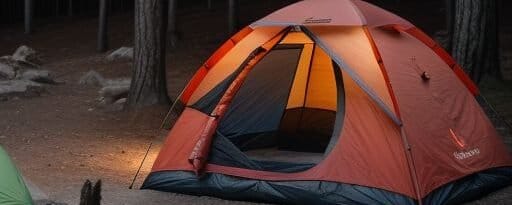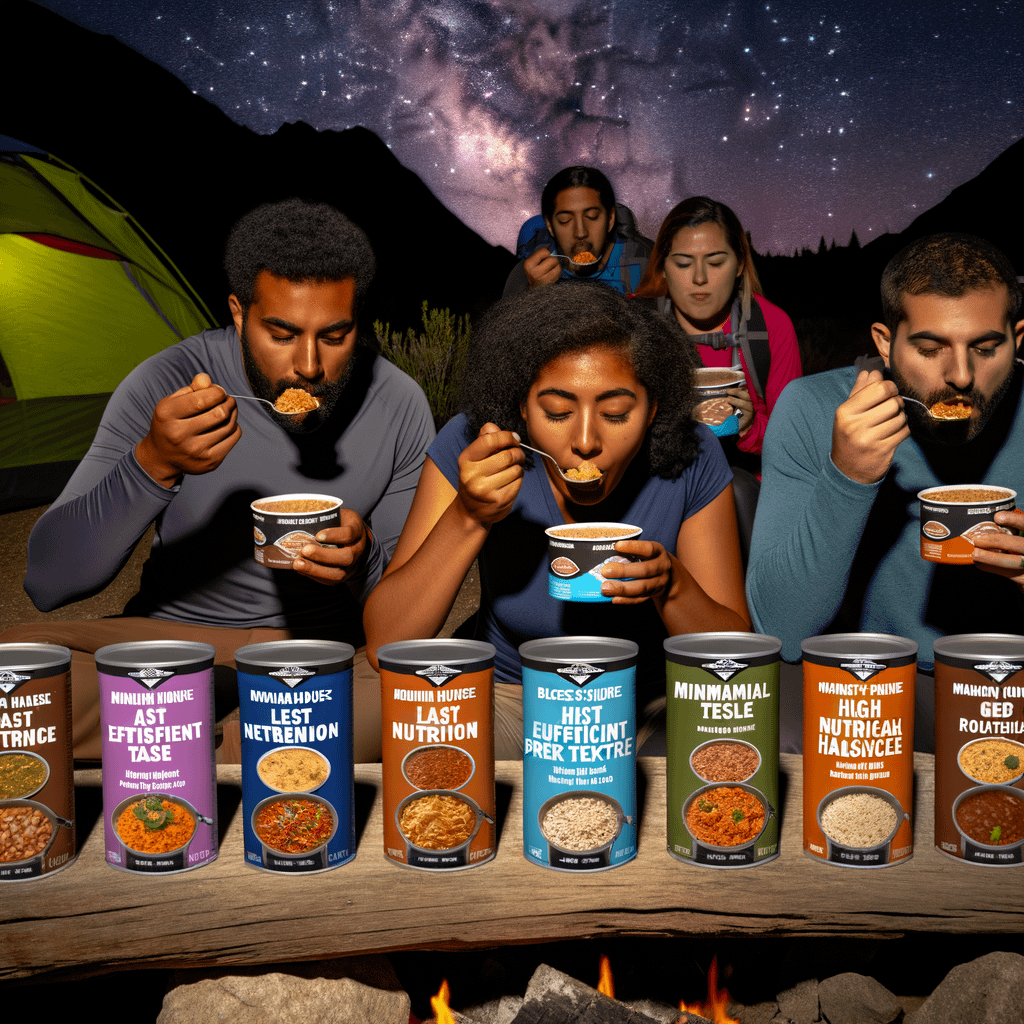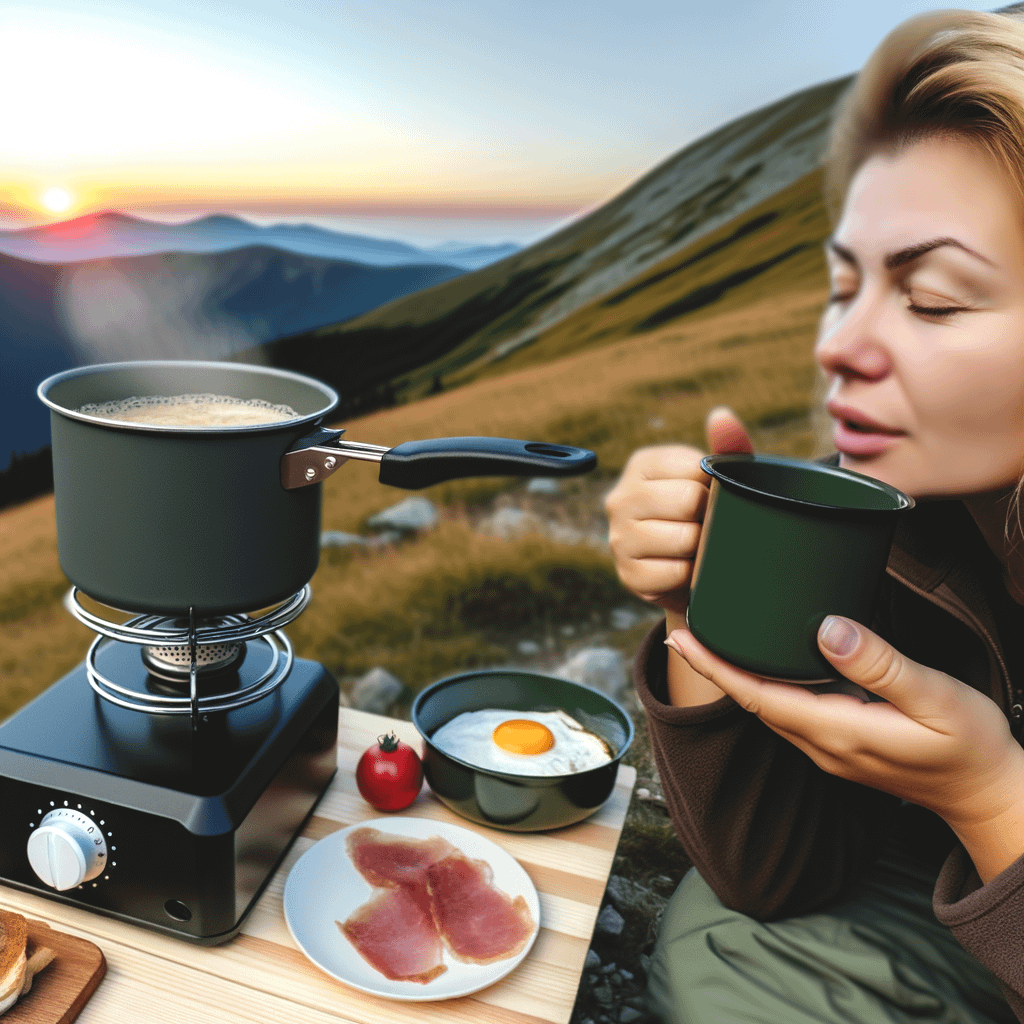How to Pack a Camp Kitchen: Organization Tips for Stress-Free Cooking
There’s nothing quite like cooking under an open sky. But let’s face it—camping meals can turn stressful fast when your gear is scattered, your ingredients are missing, or you’re rummaging for a spatula in the dark. A chaotic kitchen can ruin the outdoor vibe quicker than you can say “where’s the can opener?” If you want to cook stress-free and actually enjoy your camping meals, organizing your camp kitchen is a must. Here’s how to pack it the smart way and keep your adventure deliciously smooth.
Planning Before You Pack
Choose the Right Camp Kitchen Setup
Your setup depends on your camping style. Portable camp kitchens with foldable tables, built-in sinks, and storage shelves are fantastic for serious campers. For a more DIY approach, stackable bins and folding tables can do the trick. Prioritize setups with enough table space, easy access to water, and protection from wind—nothing derails a meal faster than a gust knocking over your stove or ingredients.
Meal Planning and Prep
Simplify cooking by planning easy, crowd-pleasing meals. Factor in the length of your trip, as well as how many people you’ll be feeding. Pre-chop veggies, marinate proteins, and measure spices at home. Not only does this save precious cooking time at the site, but it drastically reduces the mess and the number of tools you’ll need to bring.
Create a Packing Checklist
Before packing, list all essential items—stove, cooler, utensils, etc.—then decide which extras you can afford to leave behind. A digital checklist app like Packtor or a printable list can be a real lifesaver. Reuse the same template for every trip and tweak it depending on the season or destination. Organization begins long before you hit the road.
Organizing Camp Kitchen Gear
Use Clear Storage Bins or Totes
Clear bins let you see what’s inside without opening each one. Group items by category: utensils in one, cooking tools in another, pantry goods in their own container. Label each bin clearly—bonus points if you use waterproof labels. You’ll access what you need faster and reduce the risk of leaving key items behind when packing up.
Use Small Containers and Zip Bags
Bulky spice jars or full-sized condiment bottles waste space. Instead, transfer small amounts into stackable containers or zip-top bags. Pre-measure dry goods like pancake mix, rice, or coffee. Label everything—and double-bag liquids to prevent leaks. It saves space and keeps things tidy.
Pack Efficient Cookware and Multi-Use Tools
Choose items that do double duty. A pot that nests inside a skillet, or a lid that fits more than one pan, makes a big difference. Collapsible bowls, silicone measuring cups, and utensils with built-in tools reduce your kitchen to half the bulk. A solid multi-tool with a corkscrew, knife, and can opener eliminates the need for several single-use gadgets.
Food Storage and Safety
Cooler Organization Tips
Keep your cooler cold and effective by using large ice blocks instead of cubes—they melt slower. Place meats and perishables near the bottom and items you reach for often, like milk or condiments, at the top. Bring a separate cooler for drinks to preserve the temperature in your food cooler. This small separation dramatically improves food safety.
Pantry Bin Organization
Non-perishables like canned goods, pasta, and snacks should go in airtight containers within a “pantry bin.” Keep this bin within easy reach, ideally atop a table or dedicated surface. Store frequently accessed items—spices, coffee, oatmeal—at the top to cut down on digging and prevent clutter during cooking time.
Safe Food Handling
Pack a food thermometer for checking doneness, especially with poultry and burgers. Wash hands often, and bring a separate cutting board for raw meats. Always keep raw and cooked foods apart. The USDA advises, “Perishable food should not be left out for more than two hours (one hour if the temperature is above 90°F)”—so stay mindful in the heat of summer.
Camp Kitchen Setup at Campsite
Choose the Best Spot
Set up your kitchen away from tents and preferably downwind. This minimizes odors drifting into sleeping areas and reduces the risk of wildlife visits. If possible, select a shaded area close to a water source. Shady meal prep stations make everything more pleasant when you’re cooking midday meals under a blistering sun.
Create Cooking, Prep, and Washing Zones
Divide your kitchen into specific zones: a prep area, a cooking zone, and a washing station. This reduces chaos and speeds up tasks. Install folding tables or use available surfaces like picnic benches to give you sufficient prep space. Keeping zones separate also helps maintain basic hygiene and food safety.
Hanging Storage and Hooks
Use trees, gear lines, or folding racks to hang utensils, dish towels, and bags. Carabiners and S-hooks are great for suspending gear off the ground—keeping it clean, organized, and rodent-proof. This also frees up prep space and helps establish a clear cooking area that’s fun and efficient to use.
Tips for Staying Clean and Tidy
Dishwashing System
Use the three-bin method: one for washing, one for rinsing, and one for sanitizing. Warm water and biodegradable soap go in the first bin; plain water in the second; and a sanitizing solution in the third. This method ensures your dishes are clean and safe to reuse without inviting bacteria.
Trash and Recycling Solutions
Always separate trash from recyclables. Assign separate bags and clearly mark them. Store trash in sealable containers or hang them off the ground to keep wildlife away. A clean campsite attracts fewer animals and keeps your surroundings pleasant for everyone.
Daily Cleanup Routine
Make it a habit to clean up right after every meal. Wash dishes promptly, wipe down prep surfaces, and put everything back in its place. Store food securely as soon as you’re done eating. By staying vigilant daily, you’ll avoid major tasks piling up and keep critters at bay.
Must-Have Items for an Organized Camp Kitchen
- Propane stove or grill
- Nesting cookware (pots, skillet, lid)
- Utensils (spatula, tongs, knife)
- Cutting board
- Cooler with ice blocks
- Clear storage bins (labeled)
- Food thermometer
- Three-basin wash setup
- Multi-tool
- Dish towels and biodegradable soap
Optional add-ons include a spice rack, foldable drying rack, or even a camp-safe espresso maker for the coffee lovers. These little extras make your cooking experience feel a bit like home in the wild.
Tips for Packing Up Efficiently
Before breaking camp, clean all kitchen gear thoroughly. Let everything dry completely to prevent mold or smells. Repack each item into its designated bin, and make a note of anything you didn’t use or wish you had. Jot it down for next time. This evaluation step turns good campers into great campers.
Conclusion
A well-organized camp kitchen turns outdoor cooking from a chore into a joy. With the right prep, setup, and cleanup system, you’ll save time, reduce stress, and elevate your meals. Give these tips a try on your next trip and tweak them to fit your style. Got a brilliant packing hack or meal planning trick? Share it in the comments—we’d love to hear from fellow camp chefs!
“`











